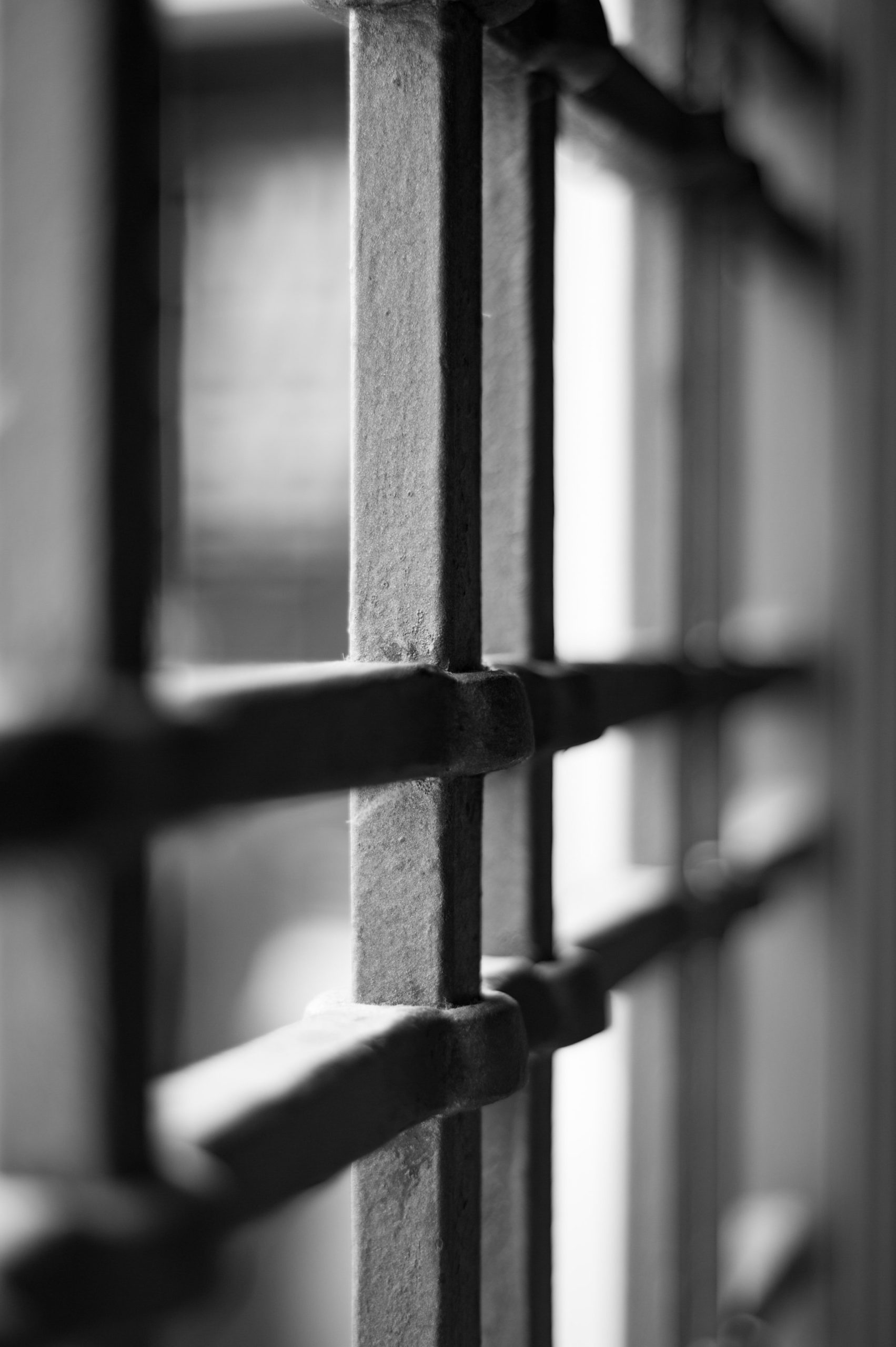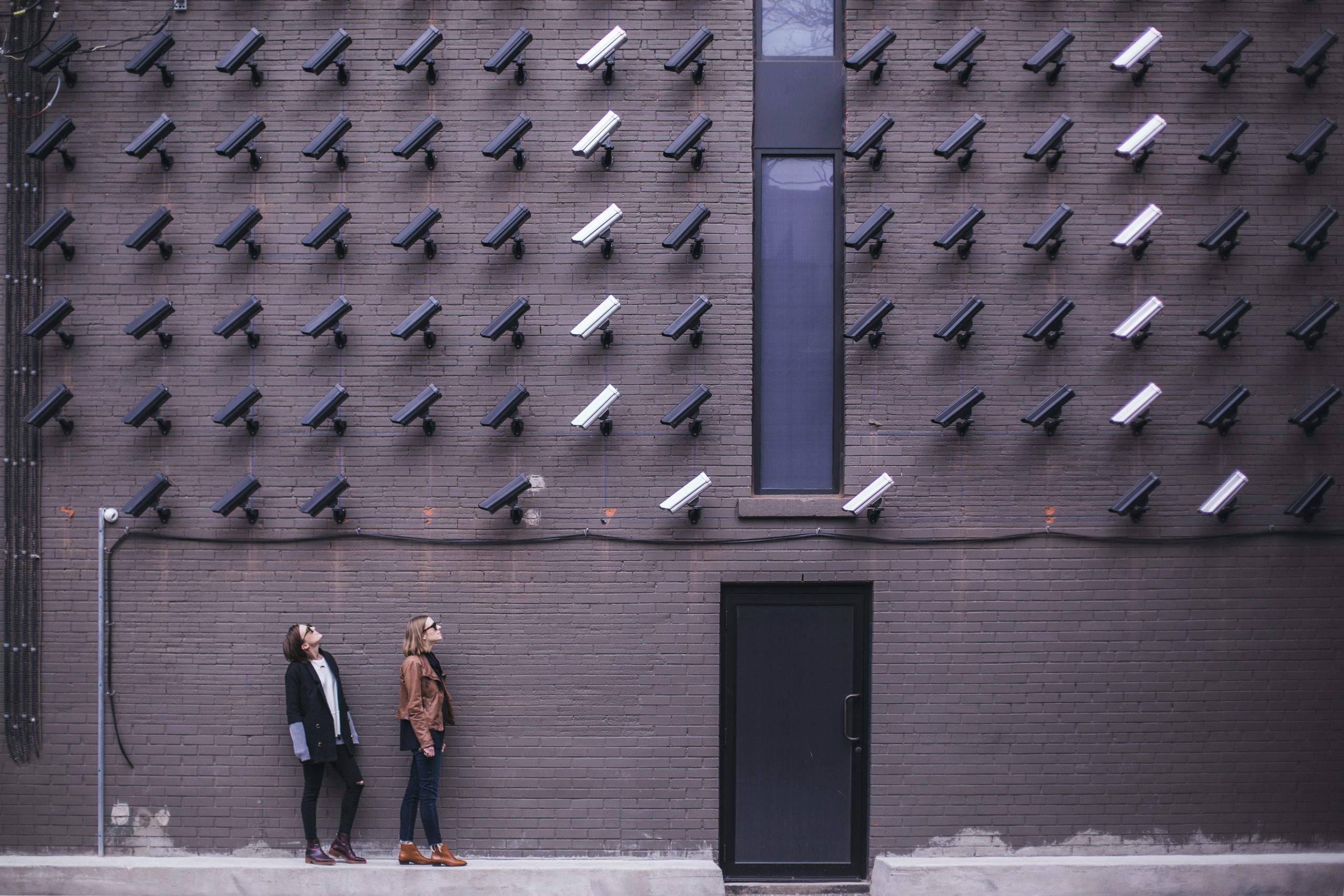As a nation, we pride ourselves on being the land of the free and the home of the brave. But when it comes to our justice system, this ideal falls short. The United States has the highest incarceration rate in the world, with over 2 million people behind bars. And while prisons are meant to rehabilitate offenders and keep society safe, they often do more harm than good. It’s time for America to face this issue head-on and implement much-needed prison reform now more than ever before. In this blog post, we’ll explore why this is such an important issue and what can be done to bring about real change in our criminal justice system.
The current state of prisons in America
The United States has the largest prison population in the world, with over 2.3 million people behind bars. That’s more than China, which has the second largest prison population.
The high number of prisoners is due to a variety of factors, including longer sentences, mandatory minimums, and three-strikes laws. For example, someone convicted of a nonviolent drug offense can receive a sentence that is longer than the sentence for murder in some states.
Prison conditions in the United States are often poor. Overcrowding is common, as are unsanitary conditions and violence. Inmates have been known to be denied basic necessities like food and water.
Mental health care is also inadequate in many prisons. According to a report from the Bureau of Justice Statistics, nearly one in five inmates has a serious mental illness. However, only about one in three prisons offers adequate mental health care services.
The high number of prisoners and the poor conditions in prisons put strain on the already overburdened corrections system. This strain leads to even more problems, such as an increased risk of recidivism (reoffending).
It’s clear that something needs to be done to reform America’s prisons. But what? Some ideas include increasing funding for rehabilitation programs, alternatives to incarceration for nonviolent offenders, and improving mental health care services in prisons.
The human cost of prison reform
The United States has the world’s largest prison population, with more than 2.2 million people behind bars. This is more than any other country in the world, and comes at a high cost both to the individuals incarcerated and to society as a whole.
Prison reform is an issue that has been garnering more attention in recent years, as the costs of mass incarceration become increasingly clear. The human cost of prison includes physical and mental health problems, loss of employment opportunities, and damage to personal relationships.
Incarceration also takes a toll on families and communities. Children with a parent in prison are more likely to experience poverty and behavioural problems. And once an individual is released from prison, they often face discrimination when it comes to employment, housing, and education – making it difficult to reintegrate into society and significantly increasing their risk of recidivism.
It’s clear that the current system is not working – for individuals or for society as a whole. Prison reform is essential in order to reduce the human suffering caused by mass incarceration, and to create a fairer and more just society for all.
The financial cost of prison reform
The financial cost of prison reform is one of the most important reasons why America needs prison reform now more than ever. The current system is simply not sustainable – it costs too much money and it doesn’t work.
It costs $80 billion a year to keep people in prison in the United States. That’s more than the annual budget of the Department of Education or the Department of Homeland Security. It’s more than what we spend on food stamps or veterans’ benefits.
And yet, despite all that money, our prisons are overcrowded and violent. Nearly two-thirds of prisoners are serving time for nonviolent offenses, and half of all prisoners are behind bars for drug offenses.
We can’t afford to keep doing things this way. We need to find a better way to use our resources to keep people safe and hold them accountable for their actions.
The societal cost of prison reform
In addition to the human cost of mass incarceration, there is also a significant societal cost. This includes the financial cost to taxpayers, the impact on families and communities, and the lost potential of those incarcerated.
The financial cost of mass incarceration is staggering. It costs taxpayers $80 billion annually to incarcerate 2.2 million people – that’s $36,000 per prisoner. The vast majority of this cost is borne by state and local governments, with the federal government accounting for only about 10 percent. In addition to the direct costs of incarceration, there are indirect costs such as lost productivity, lower wages, and increased healthcare costs.
The impact on families and communities is also significant. More than half of all prisoners are parents, and their children are more likely to experience behavioral problems, poor educational outcomes, and poverty. Communities with high rates of incarceration also tend to have higher crime rates, which can further destabilize them.
Finally, there is the lost potential of those incarcerated. The majority of prisoners are young adults in the prime of their lives who could be contributing to society in positive ways if they were not behind bars. Instead, they are stuck in a cycle of poverty and crime that is difficult to break out of.
Why prison reform is necessary
Prison reform is necessary in America for a number of reasons. First, the current prison system is overcrowded and expensive. This is not sustainable long-term, and it means that prisoners are not getting the care and treatment they need. Second, the recidivism rate in America is high, which means that people who are released from prison are likely to end up back in prison. This is costly and ineffective, and it does nothing to help the people who are stuck in the cycle of incarceration. Third, many people who are incarcerated are there for nonviolent offenses, such as drug possession. These people need treatment, not jail time. Finally, prisons in America are often violent and dangerous places, which puts both inmates and corrections officers at risk. Prison reform would make prisons safer and more humane places for everyone involved.
How to advocate for prison reform
The United States has the world’s largest prison population, with more than 2.3 million people behind bars. The prison population has quadrupled since 1980, and the rate of growth shows no signs of slowing down. With so many people behind bars, it’s no surprise that the prison system is in need of reform.
There are a number of ways to advocate for prison reform, and the best approach depends on the resources and skills available to you. You can start by contacting your representatives and urging them to support prison reform legislation. You can also join or donate to organizations that are working to improve the criminal justice system, such as the ACLU or Prison Fellowship. And you can raise awareness about the need for reform by sharing articles and stories about the issue with your friends and family.
No matter how you choose to advocate for change, it’s important to remember that prisons are just one part of the criminal justice system. To truly make progress, we need to address the root causes of crime and address the disparities in our justice system that allow some people to escape punishment while others are unfairly incarcerated. But by working together, we can make progress towards a more just and equitable society for all.
Conclusion
Prison reform needs to be a priority in America now more than ever. Every day, people are put behind bars for crimes they should never have been convicted of and subjected to cruel and unusual punishments. The current criminal justice system is broken and must be addressed if we want to see real improvement in America’s quality of life. We must take action by advocating for policies that increase access to education, rehabilitation services, and job training programs so that offenders can become productive members of society once again. Only then can we truly address the issue of mass incarceration in our country today.









